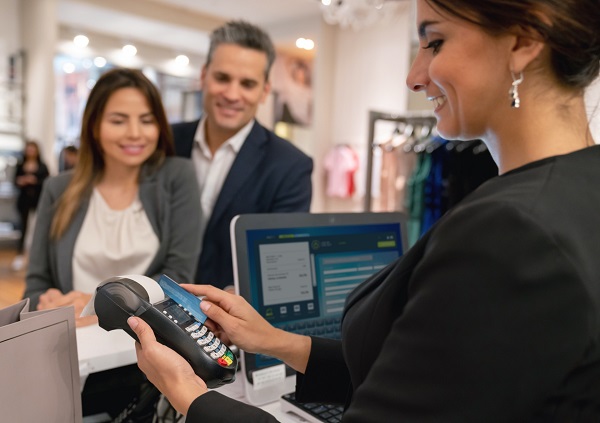Launching a new store isn’t different from opening any kind of other business. It will require the correct investment but mainly a very strong business plan. Let’s go through the steps of opening a new retail shop.
-The Business plan:

Your business plan is where you will detail all elements related to your new retail shop. From financials, CAPEX, OPEX, to expected sales and forecast. You will determine what you will be selling, what you are expecting of generating for the next 3 to 5 years and the most important when your business turns from a loss to a break even and start making money. To get all those elements in a realistic way, you must do a lot of ground work by defining your cost of structure, the cash flow required and understand the real market and opportunities of your product.
The key success factor of your retail business plan is the location. The choice of a retail space that has high clients’ potential and specifically for your line of products is very crucial. Majority of key brands decides to open in a mall environment as it’s guarantee them a high traffic of customers. They rely on visitor’s data to draft a sales volume and value forecast that will be integrated to their business plan.
-The Design and construction of your retail Shop:

At this stage, you should get in touch with a professional contractor to work together on the design for your store. If you are a global brand or a franchisee, you might have already standard global guidelines that should be supplied to your contractor so they can develop a consistent shop that matches the global stores look and feel. Your contractor will handle you the final cost of designing and building your store. This cost should be reflected and matching your investment in the initial business plan.
The building phase can take from 4 to 8 weeks. It will depend mainly on the work permit and all the pre-approvals required from your local authorities. The contractors will work on your nut and shell store structure to build your lighting system, your AC systems, Fire systems, flooring and walls. At the end, you will receive a functional ready store to fit your products and goods.
-The layout and merchandising:

While your contractor is building your store, you must work internally or with an external merchandising expert on designing the layout of your store sections. You will design merchandising guidelines that should be executed based on your products offering. The exercise will allow you to define the products quantities and inventory required to kick off the operations at the store and have them all ready in advance.
-The Retail store systems and tools:

As a retailer, your shop should have some of the basic elements that will help you run your operations smoothly. First, you will need a retail management system (RMS). This IT infrastructure will manage all your daily operations at the store and give you a full visibility of your executions (Managing customers’ sales, managing payment and financials reports, managing inventory, manage your internal orders, managing your retail staff access, managing products transfers, aging stocked etc).
Anti-theft system is very important. It will allow you to protect your goods. Those systems antennas are installed at the exit of your shop and will alarm you whenever a product is leaving the shop without being deactivated by your staff counter. Majority of brands are implementing high tech anti-theft systems while they still face a loss between 3% to 7% caused by those actions.
The visitors counting systems or footfall counting systems are so important retail management tools. By looking at the visitors’ data, we can have a clear understanding of the store performance and we are able to compare the performance of a single store vs similar stores in different areas or different cities. The footfall counter will allow us to calculate the conversion rate (Number of people visiting the store Vs the number of transactions). The highest the store conversion rate is the better. The visitors’ data will help us manage the resources and the staff needed at any giving time. We can forecast the store goods inventory as well the staff that should be serving the clients.
-Your store SOPs and SPFs:

You will need at this stage and prior to opening have a clear Standard Operational Procedures (SOPs) and Standard Procedure Flow (SPF). The standard operational procedure should be defining for all tasks that will need to be performed at your store. For example, you must have an SOP dedicated to store opening that explains what should be done by whom and how. SOPs must be defined for customers’ interactions (sales, exchange, refunds etc). the SOPs will help you drive a consistent service at all time. The Standard Procedure Flow (SPF) is a document linked to each SOP as it describes in detail how the task should be done.
-The retail store structure:

Depending on how big is your shop, you will put the right sales structure that will help your customers. As this is a new shop, both store manager and retail staff will have to go through your products training, customers journey training, retail tools training and store SOPs and SPFs training. Having your structure up and ready is crucial for a successful launch. Make sure that you put the right compensation scheme that will keep your staff motivated and drive sales.
–Your launch marketing and communication plan:

You will work internally with your marketing and communication team to put a plan of your store launch. This should include communication prior opening. If you are in a mall environment, you might ask the mall management support as they can help you create a high visibility from mall front to all sections across the mall.

(Global Retail TV Director)